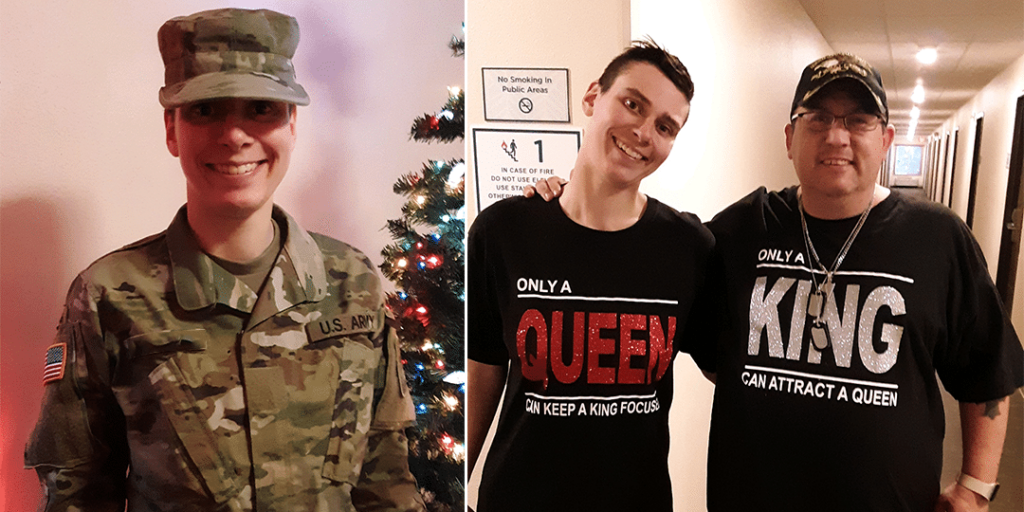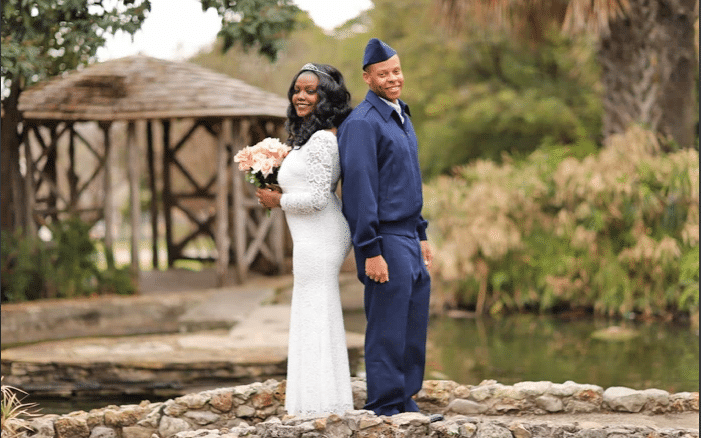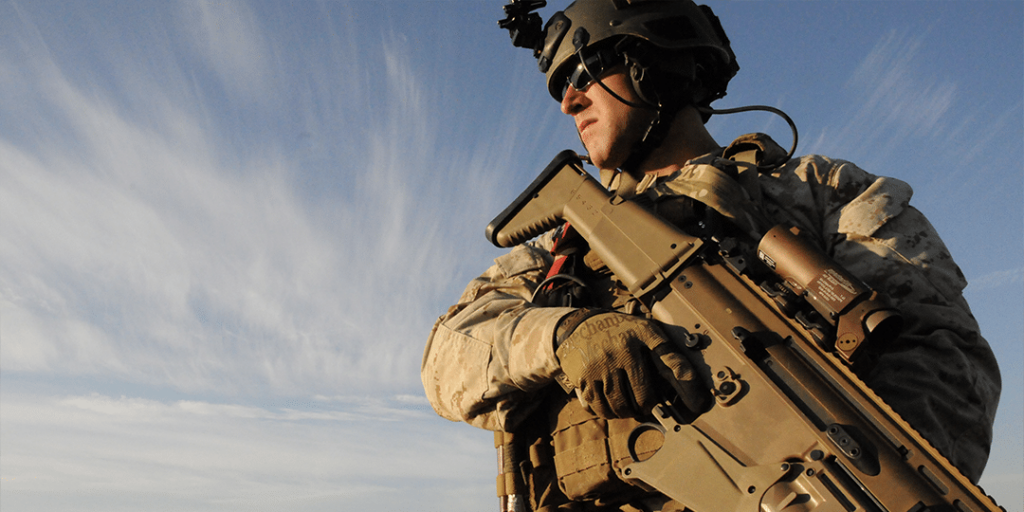
- The App
- Sandboxx News
- Resources
Learn
- Company
About
Become a Partner
Support
- The App
- Sandboxx News
- Resources
Learn
- Company
About
Become a Partner
Support
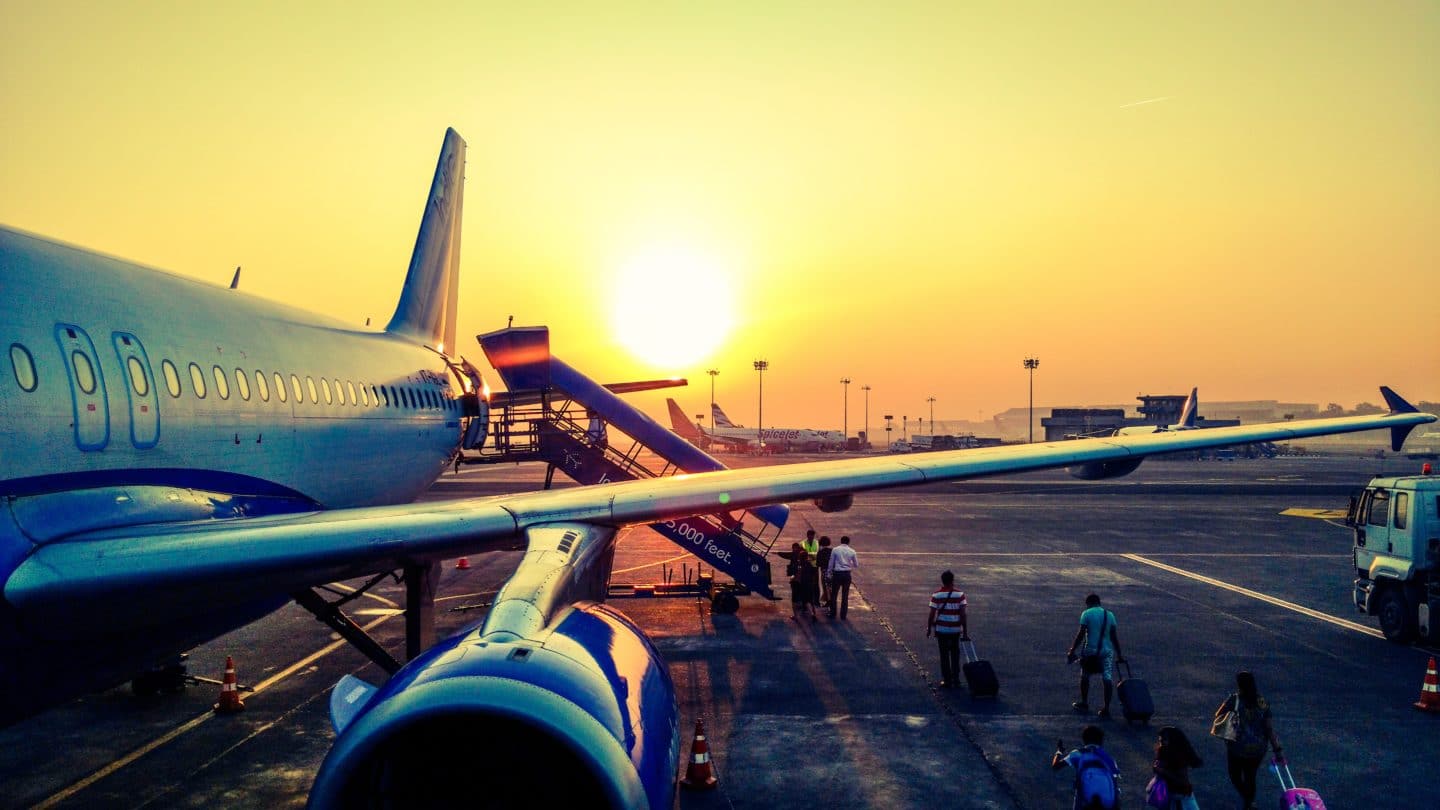
Whether you are the spouse, family member, or an Active duty member of the U.S. military, the phrase “Space A Flight’s” will probably sound familiar, but you may not know what it means and how you can take advantage of it. This is Space A flights explained. Here’s an overview of what Space A Flights are, how you can use them, who is eligible and the pro’s and con’s of using it for your next trip.
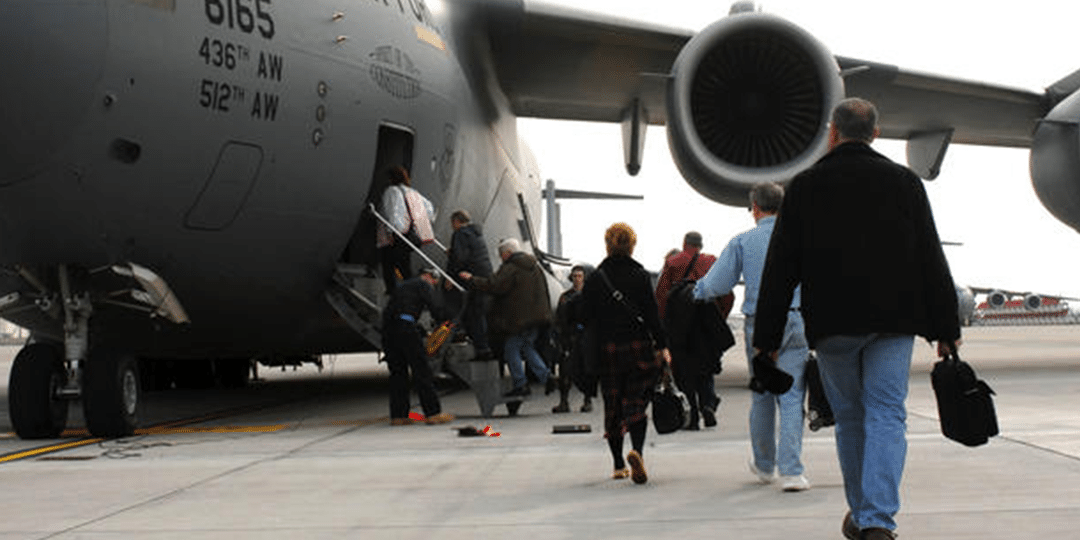
Space A Flights are when military flights have unfilled seats and can offer them for free to military personnel and their dependents. Some surcharges may apply for international flights but these are usually around the $10 mark. If you are able to take advantage, you can travel for free. Yes, for free!
Space A flights will be advertised 72 hours in advance. However, if someone is traveling on orders, you may be bumped from your flight to accommodate them. By the way, you will not necessarily be on a passenger plane, but find yourself in a cargo hold for a couple of hours, you won’t have a choice. So if you are a sensitive traveler or prefer a more luxurious flying experience, this may not be your best option.
Clearly Space A flying is a fantastic perk within the military community but can present challenges due to scheduling and potential bumping of seats. However, with a little organization and planning, as well as taking on some risk, Space A flights can save you hundreds of dollars.
Your first contact will be the Air Mobility Command, who is in charge of Space A flights. They can provide information on the air terminals offering flights, forms and general information on Space A Travel. There are several Facebook groups that provide updates on Space A schedules. You can even call the terminals themselves and they will give you all the information you need.
If you have an idea of your travel dates, you should register at the terminal as far in advance as possible and for multiple destinations if you aren’t set on a certain one. Terminals vary in terms of registering, so check on their page or call to find out if the reservation must be made in person, on the phone, or online.
You cannot register until your service member’s leave officially starts, not when they receive their leave orders. If you are a retiree who is eligible, you can signup as far in advance as you like. If you are an unaccompanied dependent, you need a valid Space A travel letter from your service member’s Installation Commander. SpaceA.net has more information on the subject.
Service members, dependents, reserve & guard members, and retirees are eligible for Space A flights but have different priority levels. The higher priority your category, the more likely Space A flights will work for you. Emergency orders also take priority and will bump even the highest ranking passengers. It should also be remembered that not every military flight has space available. If you are not contained within this eligibility, you cannot take Space A flights which is important to remember for family members.
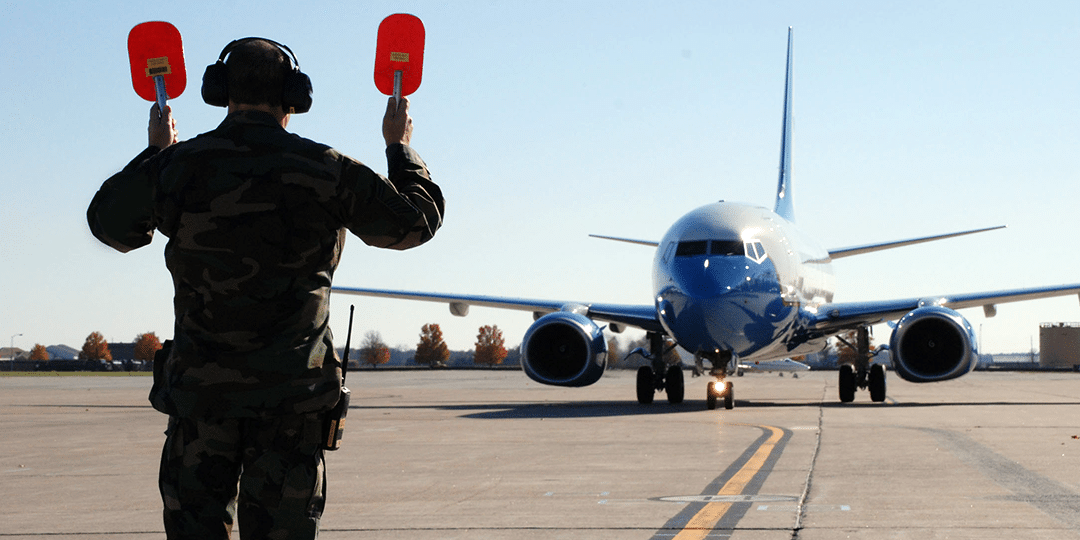
CAT I. Active duty service members and their accompanying families traveling on emergency leave fall into CAT I. This is unfunded travel so it reaches top priority.
CAT II. Environmental and Morale Leave (EML) for Service members and their accompanying family members fall into CAT II. It usually applies where the service member is stationed at a base which may not have the amenities and surroundings of other bases and allows them and their families to use better amenities.
CAT III. Active Duty Ordinary Leave applies to Service members and their accompanying families traveling on ordinary leave or reenlistment leave status, and unaccompanied family members of service members deployed 365 consecutive days or more. This category also includes service members and their families on house-hunting leave.
CAT IV. This category is for unaccompanied EML. This is unaccompanied dependents of service members on EML orders and eligible dependents of service members deployed 30 days or more. Those under the age of 18 must be accompanied by a family member who is also traveling EML.
CAT V. This category is for Permissive TDY. This includes students whose sponsor is stationed in Alaska or Hawaii and students enrolled in a trade school within the continental United States when the sponsor is stationed overseas. It also includes military personnel traveling on permissive TDY orders not including house hunting.
CAT VI. The last list is for Retirees and National Guard/Reserve who are on Ready Reserve or on the Active Status List. Retiree’s must have been issued a DD Form 2 and are eligible to receive retired/retainer pay. They may also bring accompanying family members with valid ID.
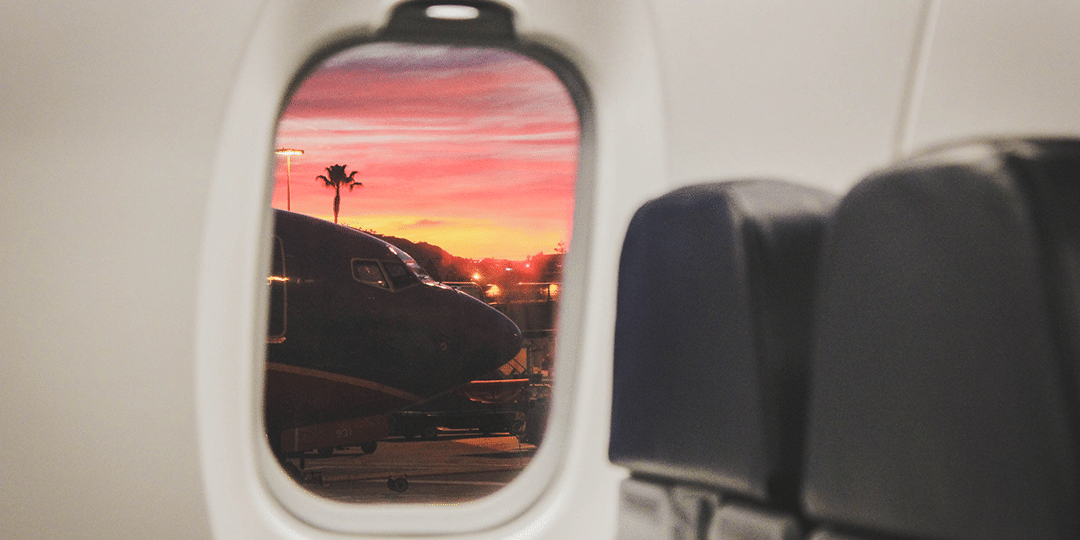
Register for Space A as soon as you or your service member starts their leave. For each category, there is usually priority in terms of who signed up so increase your chances of travel by registering as soon as the service member in your party gets leave. This is not for individual flights but the bundle of locations you select at the time of registration
Try flying at less popular times or from different bases. School and public holidays are very busy for all nature of flights, Space A or not. So try and avoid the rush to fly at these times. If you can travel easily to multiple bases by car or public transport, register at these bases for flights too. The more flexible you are on where and when you fly, the more likely it is that you will be able to get a flight.
Always ensure you have the resources to fly commercially and book somewhere to stay. While Space A is clearly amazing, even if you manage to travel to your location, there is no guarantee that you will get a Space A flight back home, so always be prepared to book a last minute flight or hotel.
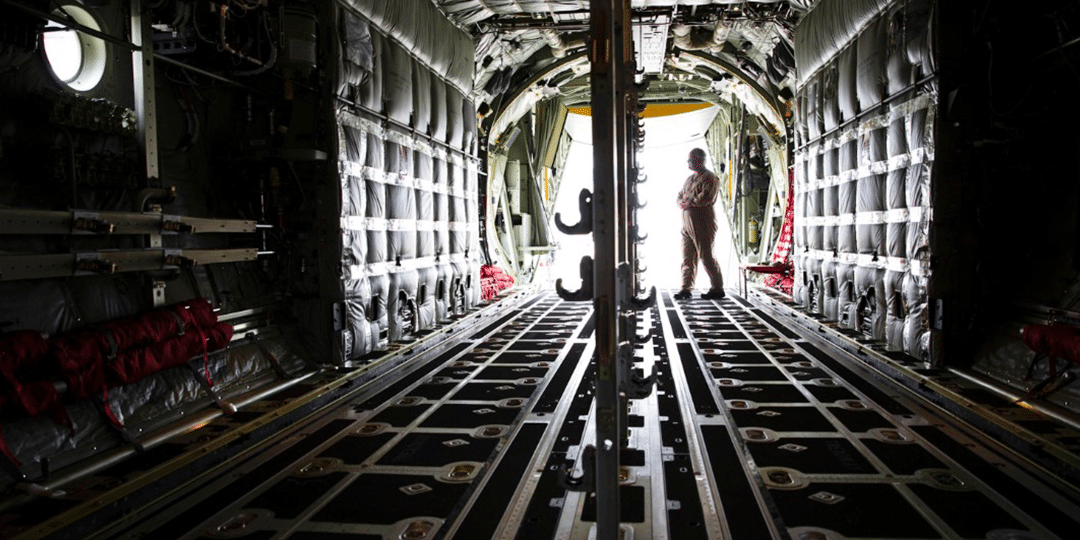
As you can see, Space A travel isn’t the easiest to figure out. Our friends over at Space A.net have dedicated their entire site to the topic and are a great resource for further information.
Here’s a list of some of the common terms used in relation to Space A travel to make the topic a little easier to decipher.
| Acronym | Explanation |
| Space A Travel | Space Available Travel |
| CAT’s | Categories |
| CONUS | 48 Contiguous States and the District of Columbia |
| OCUNUS | Outside the Continental United States |
| EML | Environmental Morale Leave |
| AMC/MAC | Air Mobility Command |
| AMCI | Air Mobility Command Instruction |
| PAX | Passengers |
| PAT- EX / rotator | Patriot Express – Commercial charter flights |
| RON | Remain Overnight |
| TDY | Temporary Duty |
| TLF | Temporary Lodging Facility |
| HOP | Space A slang name |
| Overseas | Anywhere outside CONUS including Alaska, Hawaii and U.S. territories |



